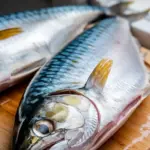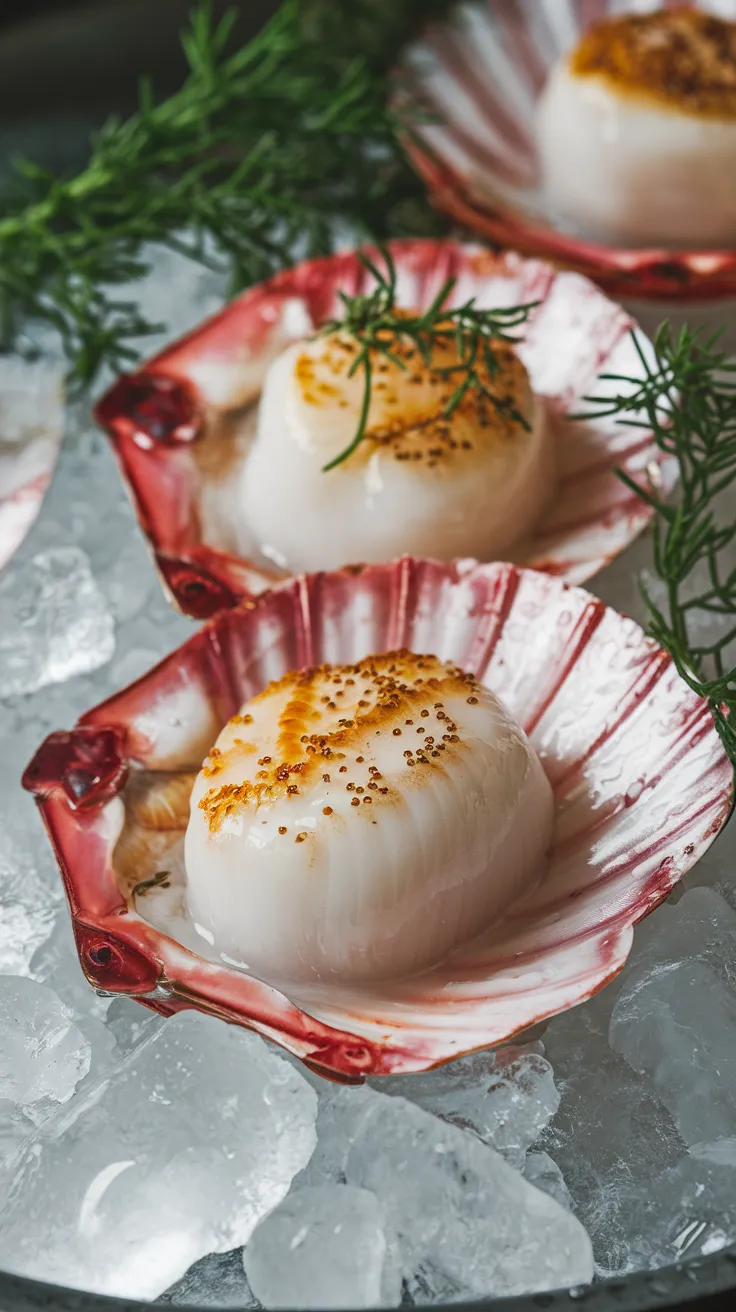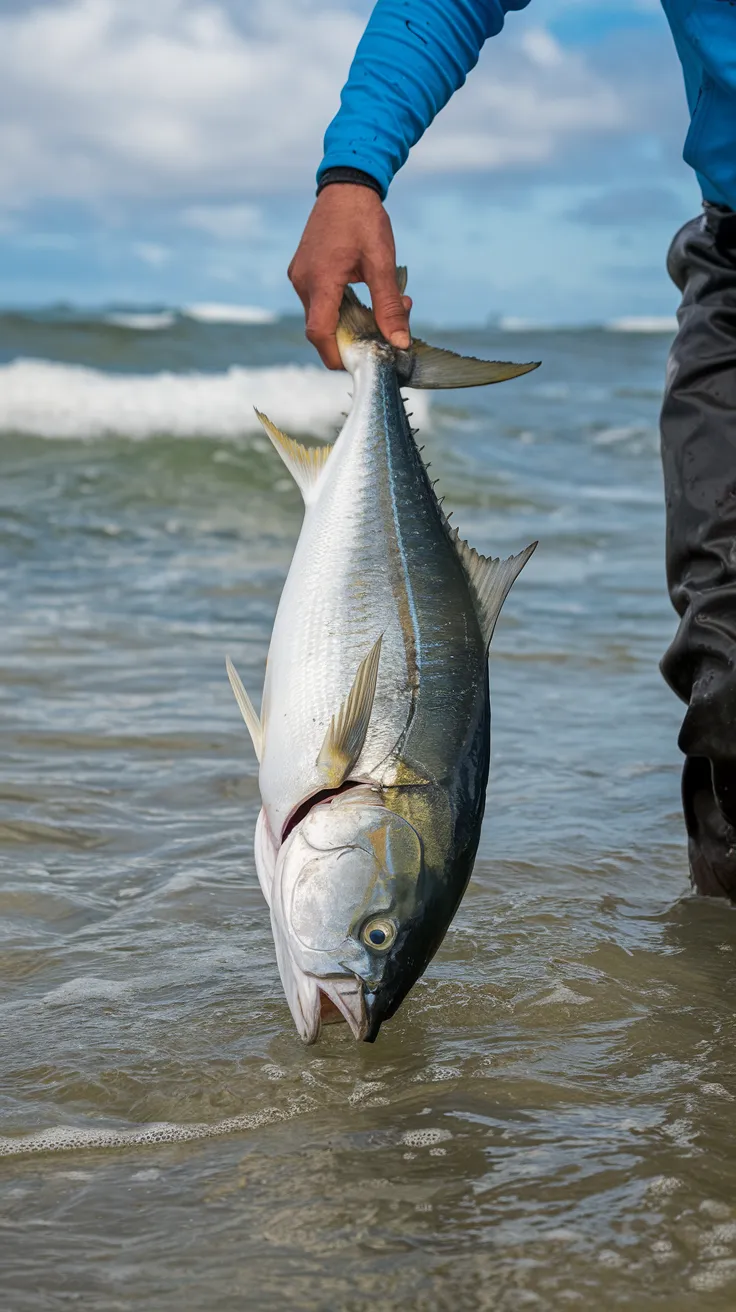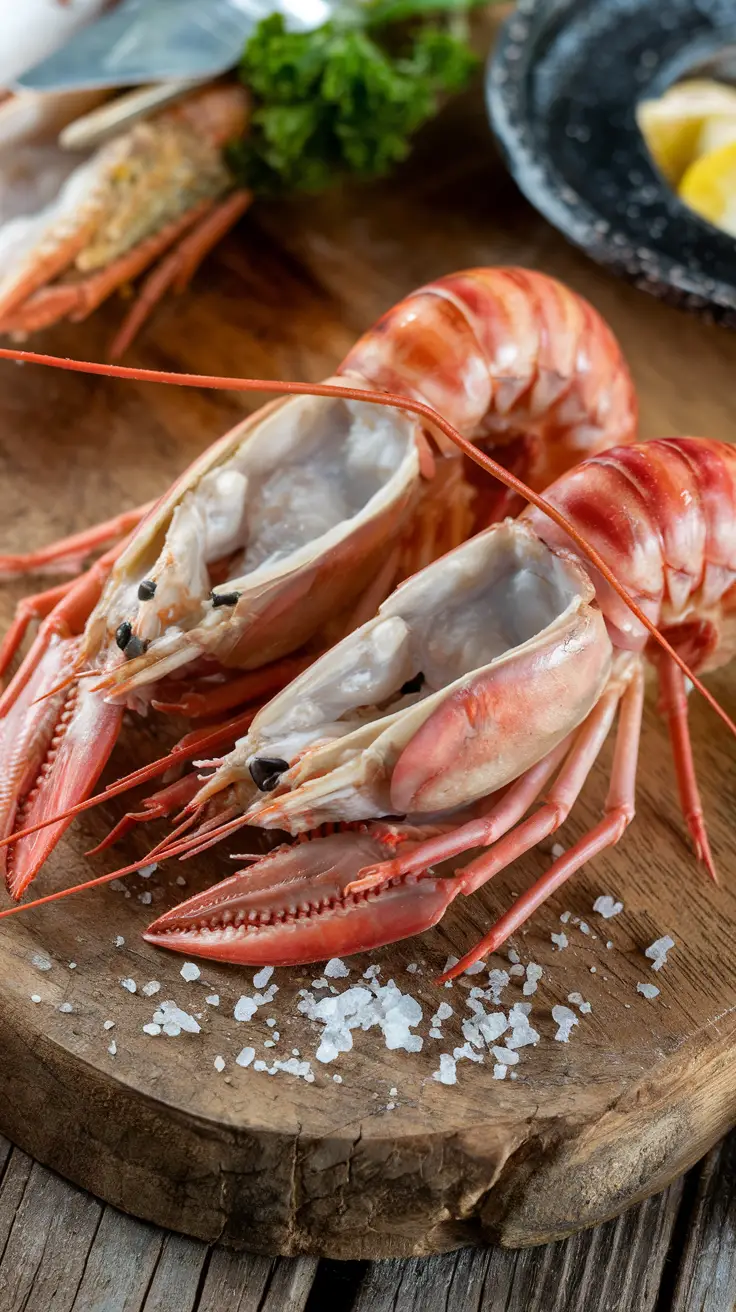Introduction to Peekytoe Crab
The Peekytoe Crab, often regarded as a delicacy, offers unique flavors and textures. This species thrives in the chilly waters of the Atlantic Coast. Its name varies by region, but it remains a popular choice among seafood lovers. These crabs are notable for their sweet meat and tender consistency. Moreover, they are easy to harvest, contributing to their popularity in culinary circles.
Furthermore, Peekytoe Crabs play a significant role in coastal ecosystems. They help maintain balance by serving as prey for larger marine animals. The sustainability of their harvesting has become a focus, ensuring that future generations can enjoy them. As a result, many fisheries implement responsible practices to protect crab populations.
Whether enjoyed in a gourmet dish or a casual seafood boil, Peekytoe Crabs continue to be a favorite among both chefs and food enthusiasts. Their vibrant flavors make them stand out in a crowded seafood market. For those seeking to elevate their dining experiences, Peekytoe Crabs are undoubtedly worth exploring.

Nutritional Value and Health Benefits
The Peekytoe Crab is not only a culinary delight but also a source of numerous health benefits. This crustacean is rich in protein, low in fat, and offers essential vitamins and minerals. Consuming Peekytoe Crab can boost your immune system due to its high levels of zinc and selenium.
Nutritional Profile
| Nutrient | Amount per 100g |
|---|---|
| Calories | 84 kcal |
| Protein | 18 g |
| Fat | 1 g |
| Carbohydrates | 0 g |
| Vitamin B12 | 4.5 µg |
| Zinc | 1.5 mg |
| Selenium | 38 µg |
Additionally, the Peekytoe Crab is an excellent source of omega-3 fatty acids. Omega-3s can promote heart health and reduce inflammation. Moreover, this crab provides nutrients that support cognitive function and overall wellness.
Incorporating Peekytoe Crab into your diet can enhance your meals while delivering various nutritional benefits. Remember to consider sustainability when sourcing this delicious seafood to help preserve its population for future generations.
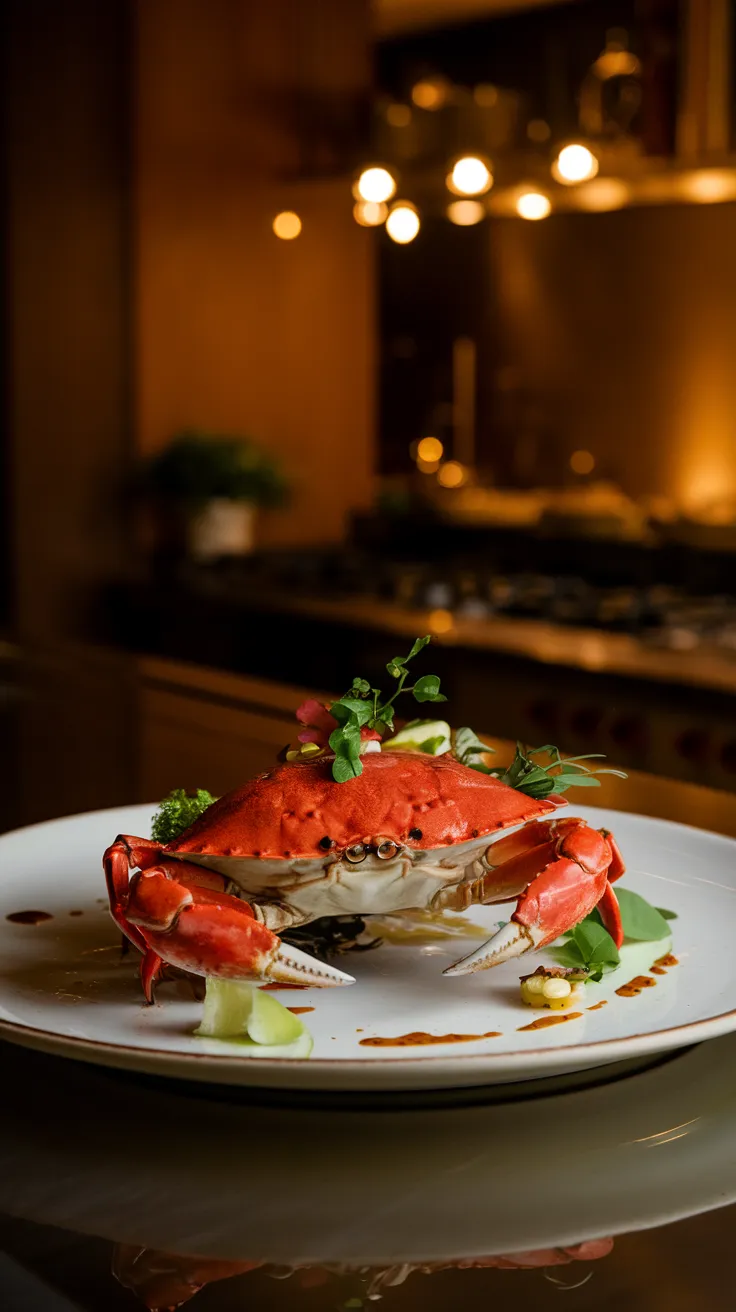
Taste Profile and Texture of Peekytoe Crab
The Peekytoe Crab, also known as the Atlantic rock crab, offers a unique culinary experience. Its meat is sweet and tender, often compared to the flavor profile of blue crabs. Chefs appreciate this crab for its delicate taste, which complements various dishes.
Flavors and Culinary Uses
Peekytoe Crab meat has a subtle brininess, making it perfect for both rich and simple recipes. Many people enjoy it in salads, pastas, or as a filling in cupcakes. Additionally, its flavor pairs well with cream, garlic, and citrus, enhancing the overall taste of meals. This versatility allows it to shine in various cuisines.
Texture Characteristics
The texture of Peekytoe Crab is another highlight. Its meat is tender yet has a slight firmness, making it satisfying to eat. There is a delightful contrast between the sweet meat and the slight chewiness of its legs. Often, diners find this appealing, as it adds depth to the eating experience.
- Sweet and tender flavor
- Versatile in recipes
- Delicate texture
In conclusion, the Peekytoe Crab’s taste profile and texture make it a popular choice among seafood lovers. Its unique characteristics enhance any dish, adding a gourmet touch to meals.
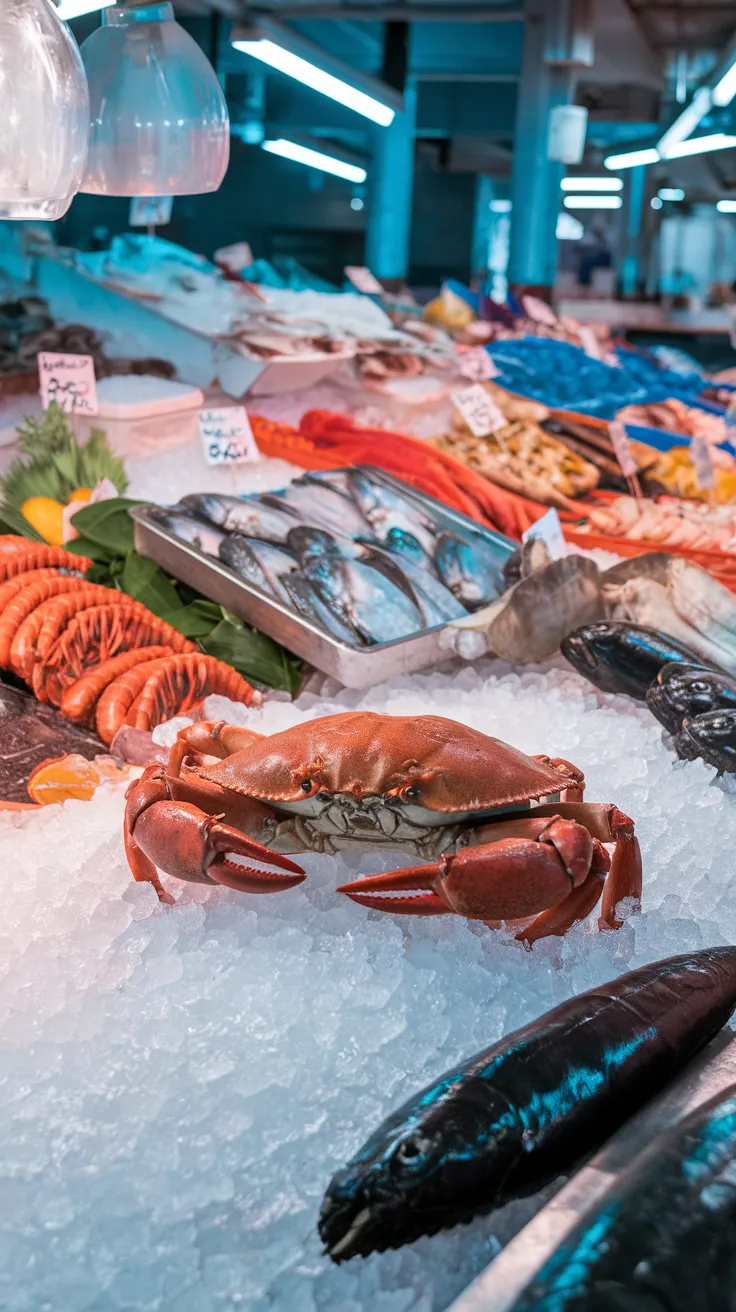
Culinary Uses and Popular Dishes featuring Peekytoe Crab
Peekytoe Crab is a delightful seafood choice that has gained popularity in various cuisines. This crab, known for its sweet and tender meat, enhances several dishes. Restaurants often highlight it in their menus, showcasing its versatility.
Common Culinary Uses
- Crab Cakes: Peekytoe Crab makes a flavorful base for crab cakes. Chefs add herbs and spices to elevate the taste.
- Salads: Fresh salads benefit from the succulent meat of Peekytoe Crab. Its sweet flavor pairs wonderfully with citrus vinaigrettes.
- Pasta Dishes: Incorporating Peekytoe Crab into pasta adds richness. A light cream sauce can complement its natural sweetness.
- Soups: Many chefs use it in seafood soups. The crab adds depth and a unique flavor profile.
Additionally, as this crab is harvested sustainably, it also appeals to environmentally conscious consumers. Overall, Peekytoe Crab not only serves delectable dishes but also supports responsible fishing practices.
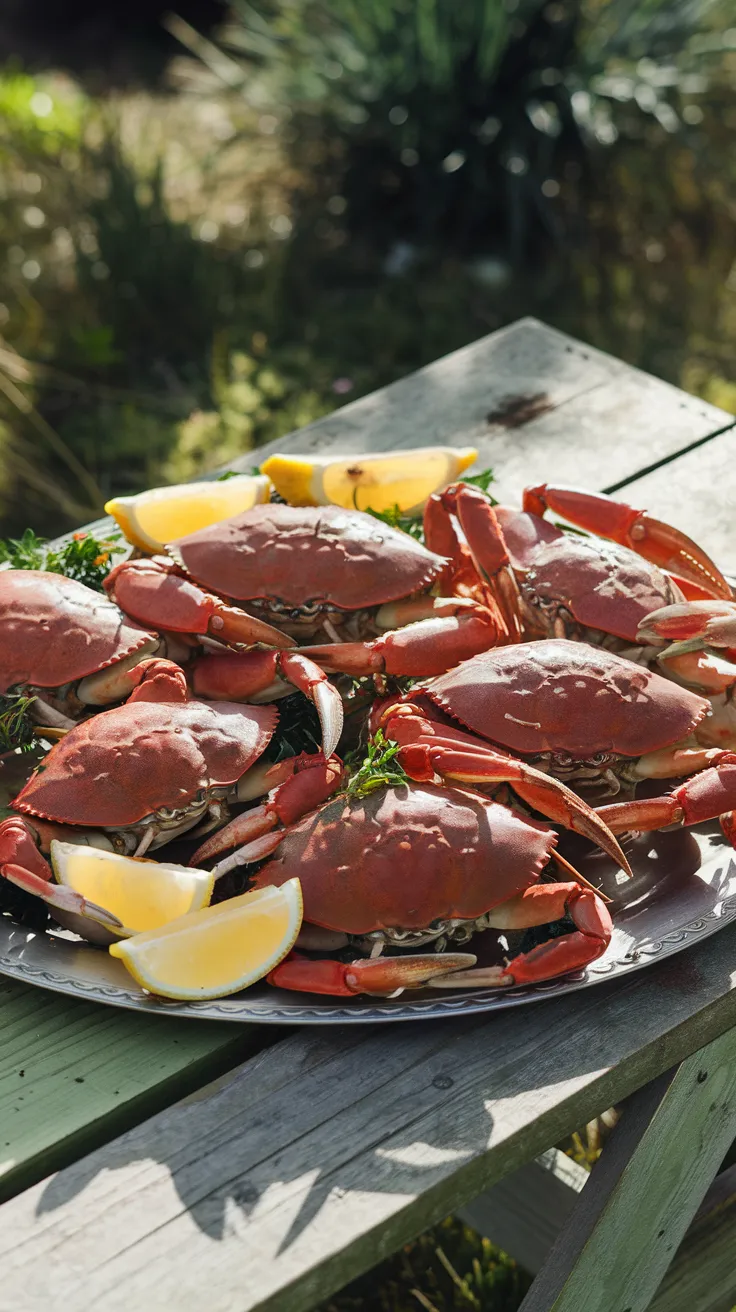
Sourcing and Sustainability
Sourcing Peekytoe Crab sustainably is crucial for maintaining marine ecosystems. This crab species is native to the North Atlantic, primarily found in Maine’s coastal waters. Fishermen utilize traps that minimize bycatch, promoting the health of other marine life. Importantly, sustainable harvesting practices ensure the population remains stable, allowing for future generations to enjoy this delicacy.
Many seafood suppliers are now committed to environmentally friendly practices. Thus, sourcing the crab from responsible fishers supports local economies while conserving marine habitats. By choosing sustainably sourced Peekytoe Crab, consumers contribute to ongoing conservation efforts and the industry’s overall health.
How to Select and Store
Selecting and storing Peekytoe Crab requires careful consideration. First, always choose fresh crabs. Look for crabs that are lively and have a strong, salty ocean smell. Avoid any crabs that have a sour odor. Additionally, check for any visible signs of damage or discoloration.
Best Practices for Storage
Once you select your crabs, proper storage is essential. Here are some tips:
- Store live crabs in a cooler or a container with damp seaweed.
- Use ice packs to maintain a cool environment, but avoid direct contact with crabs.
- If cooked, refrigerate them in an airtight container to maintain freshness.
- Consume cooked crabs within 2-3 days for optimal taste.
Following these guidelines ensures delicious and fresh Peekytoe Crab when you are ready to enjoy it.
Preparation Tips and Techniques for Peekytoe Crab
Preparing Peekytoe Crab can be a delightful experience. Follow these tips to ensure an excellent dish. First, gather all necessary ingredients and tools. Fresh crab should be your priority. Handling the crab properly will enhance its natural flavors.
Key Preparation Steps
Begin by rinsing the crab under cold water to remove any impurities. Next, use kitchen shears to cut open the shell. This makes it easier to access the meat. Be careful while doing this to avoid any accidents. After removing the meat, check for any shell fragments and discard them.
Now, consider seasoning options. Minimal seasoning lets the crab’s flavor shine. However, you can add ingredients like garlic, lemon, or herbs for enhanced taste.
- Use fresh ingredients for the best flavor.
- Experiment with spices to find your favorite combination.
- Serve immediately after cooking to enjoy optimal freshness.
- Pair with sides like salad or bread for a complete meal.
Finally, remember that practice makes perfect. As you prepare Peekytoe Crab more often, you’ll develop a technique that suits your style.
Recipe Inspiration
Looking for delicious ways to incorporate Peekytoe Crab into your meals? This sweet, tender crab meat is versatile and easy to prepare. Firstly, consider making a flavorful crab salad. Combine Peekytoe Crab with fresh herbs, lemon juice, and a touch of mayonnaise for a refreshing dish. Another idea is to create a rich crab pasta. Sauté garlic and onions, then add the crab meat, tossing it with your favorite pasta and a splash of white wine. It’s both indulgent and satisfying.
If you prefer something simpler, crab tacos can be a fun option. Fill corn tortillas with Peekytoe Crab, avocado slices, and a zesty salsa. The combination is sure to impress. Additionally, using it in a hearty chowder can warm you up on chilly days. Cook potatoes, corn, and cream together, then gently fold in the crab meat for added flavor.
In summary, Peekytoe Crab enhances various dishes, making them delicious and memorable. Whether you’re crafting a salad, pasta, tacos, or chowder, this ingredient offers variety and taste in your cooking.
Fun Facts and Trivia
Peekytoe Crab is not only unique but also interesting. Here are some fun facts about this crustacean:
- Peekytoe Crabs are also known as rock crabs.
- They feature a sweet, delicate meat that chefs adore.
- Peekytoe Crabs are found along the northeastern United States coast.
- They play a crucial role in the local ecosystem.
- This crab species is also an important catch for fisheries.
Additionally, they are adaptable and can thrive in various environments. Their popularity in seafood markets is increasing. Always ensure to source them sustainably for a better future.
Conclusion and Dining Experience with Peekytoe Crab
The Peekytoe Crab offers a unique taste and texture that enhances any meal. Many find it sweet and delicate, making it an excellent choice for gourmet dishes. Moreover, its versatility allows chefs to incorporate it into various recipes. From creamy crab cakes to vibrant salads, it complements many flavors. Diners often enjoy it in upscale dining settings or casual gatherings alike.
For the best experience, consider pairing it with light wines or citrusy sauces. This pairing enhances its natural sweetness. Therefore, choosing Peekytoe Crab can elevate your dining experience, leaving a lasting impression on your guests.

